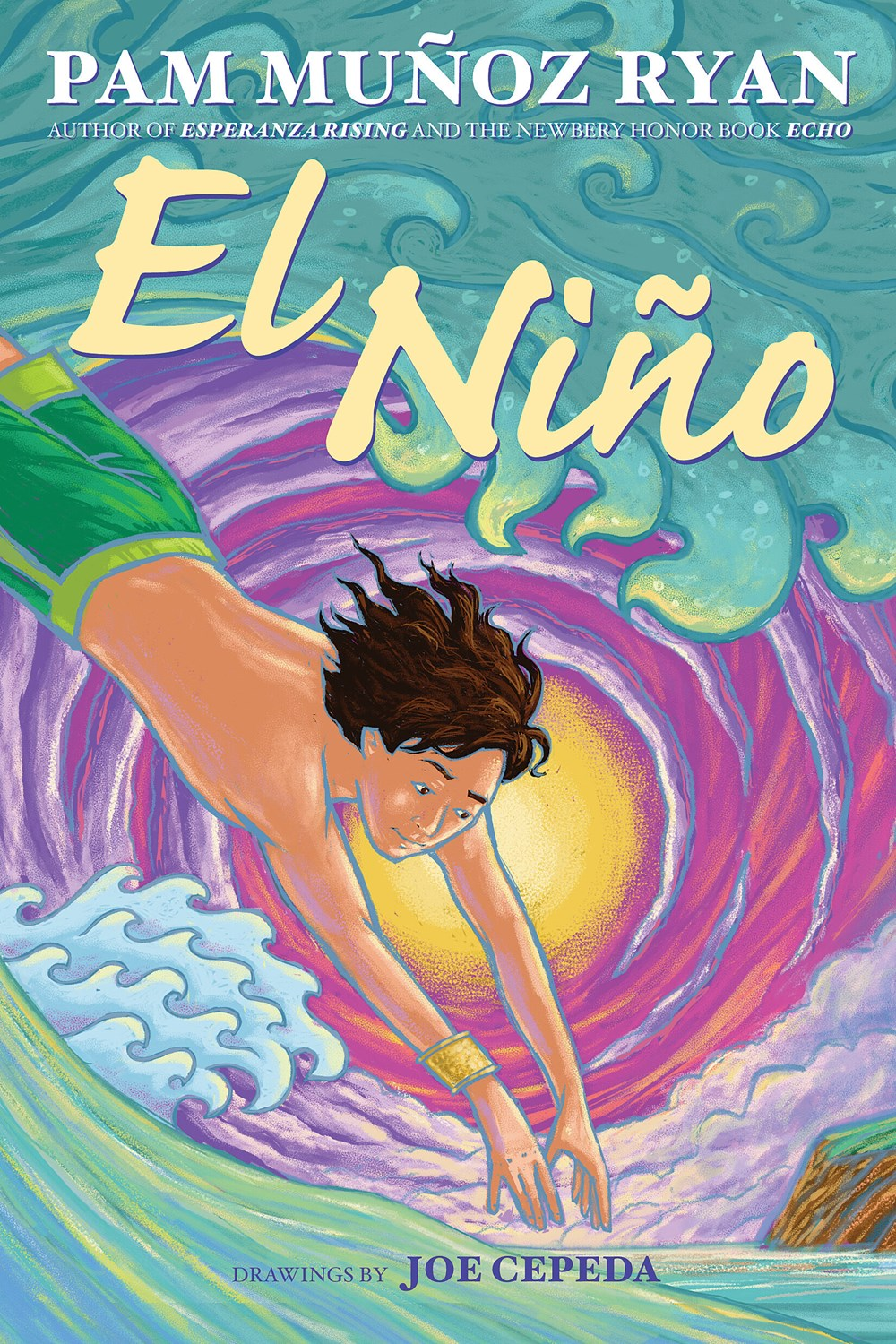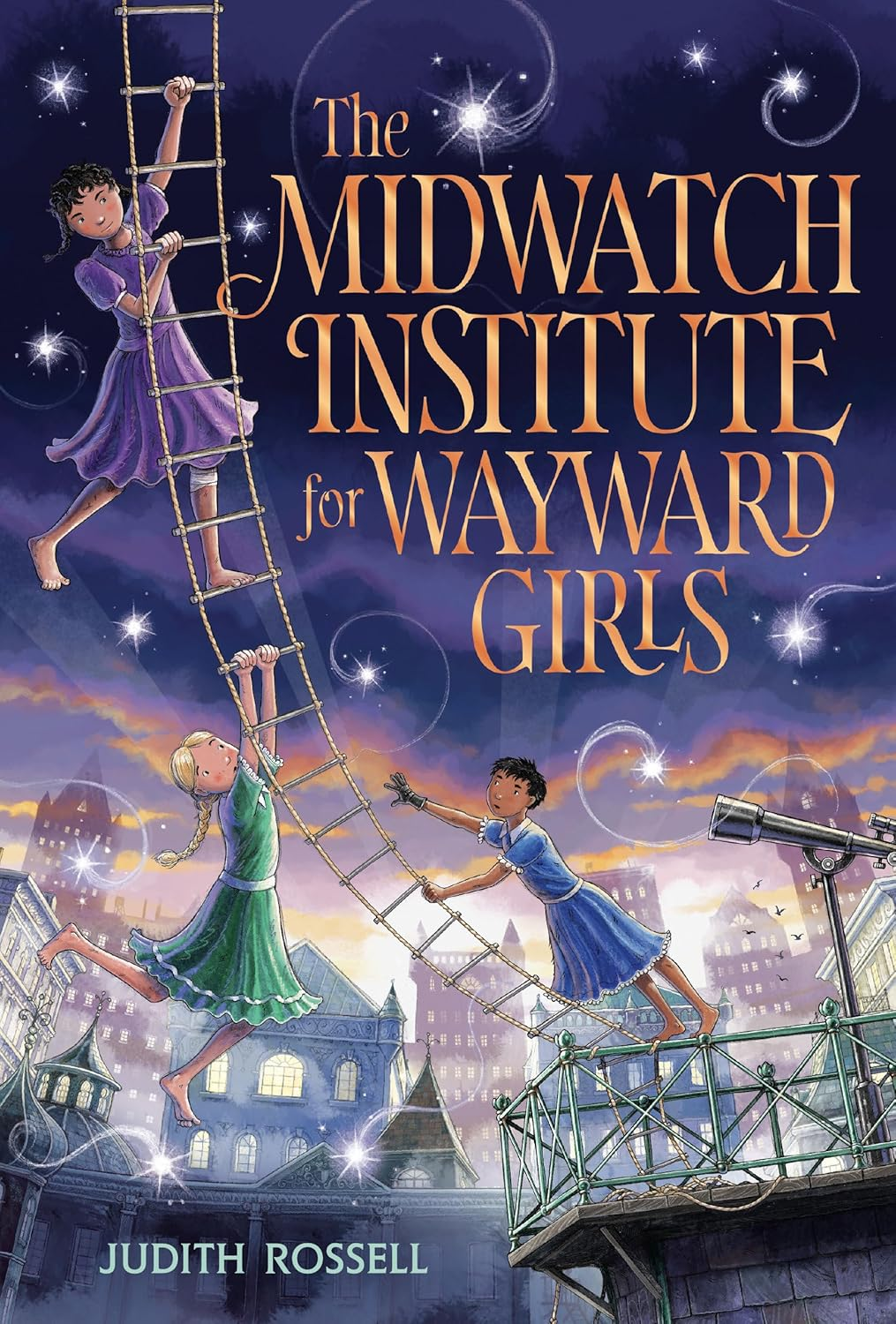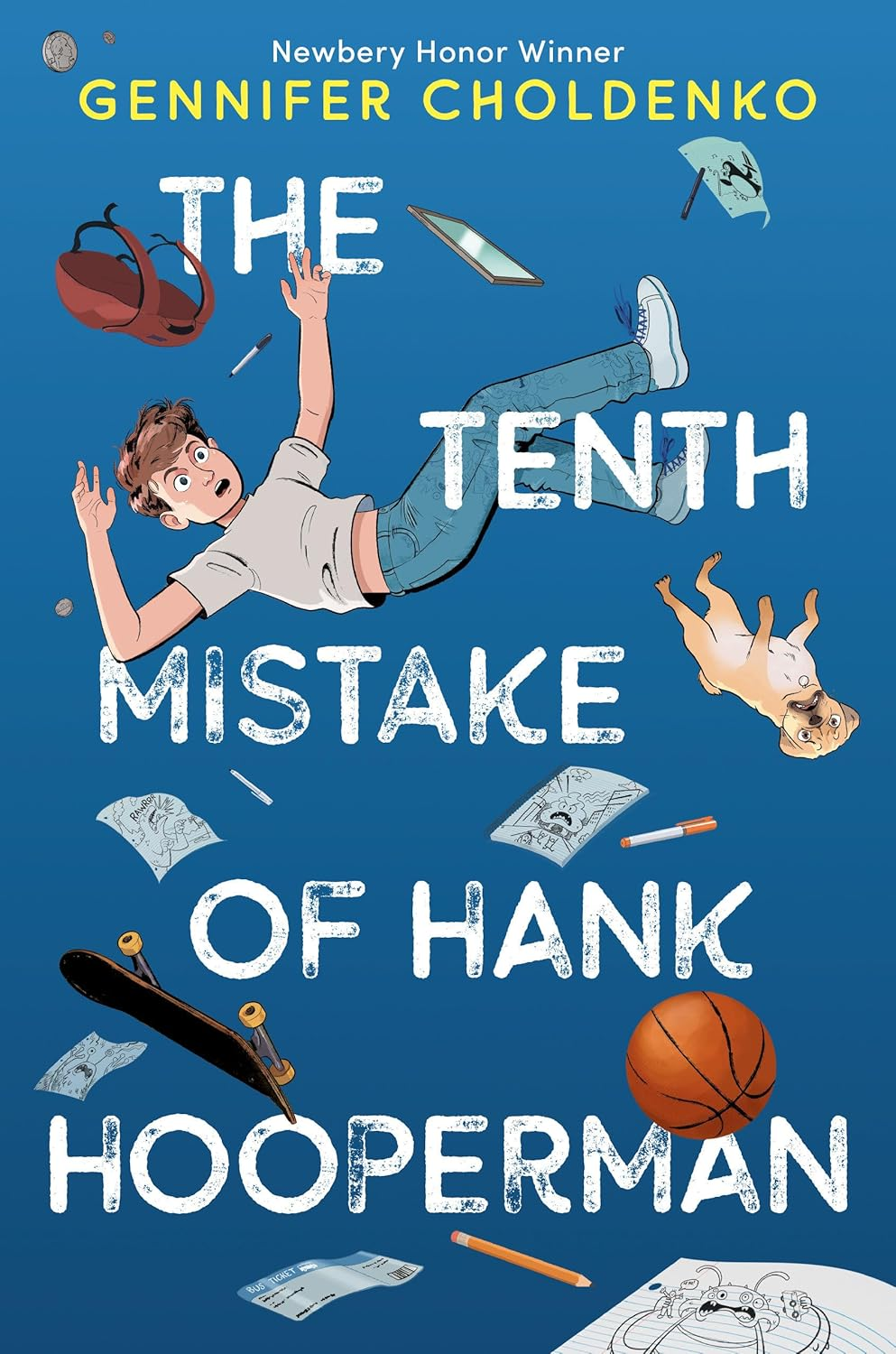I am so happy to be on Meg's blog tour with her new book, The Girl in the Walls. There is an interview below that takes us inside her process and new story. And below that are Reading Group questions! Meg's books are needed in this world. You can also check out her first book on my blog, here.
Her new book in verse is gripping, spooky and mind bending, and about family, secrets, and how we talk to one another. Everyone's feelings are valid and there are so many experiences that go into shaping who we are and who we become. We can also break down the walls that divide us and listen to each other. To find what we have in common. Love each other as we are. And forgive.
The poems are poignant and really connect you with the characters, including the living, breathing house.
From the publisher: Scholastic Press (May 20, 2025)There's a ghost in the walls, and V must decide if it is an ally or an enemy. The wrong decision could destroy her and her family.
From Schneider Honor Award winning author Meg Eden Kuyatt comes a chilling and insightful novel-in-verse.
After a hard school year, V has been sent to her Grandma Jojo's house for the summer in order to get away from it all. But unlike neurodivergent, artistic, sock-collecting V, Jojo is uptight, critical, and obsessed with her spotless house. She doesn't get V at all. V is sure she's doomed to have the worst summer ever.
Then V starts hearing noises from inside the walls of the house... Knocks, the sounds of a girl crying, and voices echoing in the night.
When V finds a ghostly girl hiding in the walls, they seem to have an immediate connection. This might be V's chance to get back at her perfect grandmother by messing with her just a little bit.
But the buried secrets go much deeper -- and are much more dangerous -- than V even suspects. And they threaten to swallow her and her family whole if she can't find a way to uncover the truth of the girl before it's too late.
A contemporary novel-in-verse with a ghostly twist by the author of Good Different, this book is about the power -- and danger -- of secrets. The Girl in the Walls will grab you and not let go until the very last page.
INTERVIEW:
We all loved your first book, Good
Different, so much! It’s an incredible book with a powerful message. Can you
talk about what you wanted to convey with this book, that you might not have
with your first MG novel?
I write what I need to learn and work through.
My old pastor used to say, “I’m preaching to myself” and I feel the same way
about my writing. Like GOOD DIFFERENT, THE GIRL IN THE WALLS is about me
processing my feelings. But here, I particularly knew I needed to process pain
and grief and reconciliation with loving relationships that can also hurt you.
While Selah in GOOD DIFFERENT learns how to be kind to herself, V has to learn
to make room for grace for herself as well as others.
In all my books, I really want to show
characters as messy, complicated and realistic. That’s a huge focus in this
book. We often want to put people into boxes: this person’s great; this
person’s horrible. But most people are too messy for a single box. We contain
multitudes. I think this is hardest to remember when there’s hurt, but I think
this is perhaps when it’s most important to strive to see people’s humanness.
You’ve mentioned that the first bit of
inspiration for this book was a photo you found in an antique store, years ago.
A sepia photo of a young white girl with the words “Our Broken Doll” written on
the bottom. How did that photo lead to this book?
It took a long time! I kept trying to
figure out how to write this book, and how to process the feelings that photo
evoked for me, particularly as an autistic person.
Being neurodivergent in a neurotypical
world can often make you feel like you’re broken or imitating a person. A big
part of THE GIRL IN THE WALLS is how we can internalize ableism as a survival
mechanism, and how that can bring out our ugliest sides. It can mean we not
only think of ourselves as broken, but we think of others as broken too if they
don’t follow a certain set of “rules” or expectations. Families can be our
biggest advocates but also can hit us where it hurts the most—many well-meaning
family members can throw neurodivergent kids under the bus, trying to “toughen”
them up for the world, or to teach them to mask, or to get them to act the way
they want them to. This is often with the intended goal of helping these kids
survive and succeed in this strange world, but it ends up often causing much
more harm. As I explored these ideas in my writing, the motif of dolls came up,
and I thought back to that photo. I realized the photo could actually be a
literal object in the world of the story, and everything came together in a way
that made sense and helped me articulate what I had been feeling all along but
struggled to find words for.
This book is so much about emotions.
About the power of emotions. And about how our feelings and emotions aren’t
always a representation of what’s real. Can you talk a bit about the role of
emotions in this book?
Emotions are messy, like people. Often, I
hear “follow your heart” but I think this is complicated. There is a value to
listening to and being aware of our feelings. They can be good warning signs
that something is wrong, or that we need to change something in our lives. But
if we let feelings be unchecked pilots, I think that’s dangerous. I know my
feelings are not reliable narrators, and do not always tell me what’s
true. They also change very quickly! I wanted to talk about this messiness for
kids, because I think it’s really, really important we have a healthy, balanced
view of our feelings. Feelings should be validated but also put into perspective
of truth.
The Girl in the Wall is about how
everyone has secrets, and hurt, and a story—even if we don’t always like their
behavior, it’s worth slowing down to understand those around us. Why do you see
that as an important message?
We are in a particularly divisive time.
There is so much hate and anger and assumption-making happening, and it’s scary
and upsetting. We have so many ways to speak, but so often feel unheard or
spoken over. I know I make so many conclusions about people who do things
differently than me, and I have to proactively slow down, listen and ask
questions. Sometimes I’m really surprised what I hear! I learn, and as a
result, I grow. I want to be someone with a spirit of willingness to listen and
grow, and I want to model that for the next generation, too.
Finally, the main character, V, always
wears fun socks. Are you a fun sock wearer, and if so, what’s your favorite
pair?
YES! A few of my favorites are:
Frida Kahlo
narwhals that say
I AM STRANGE AND WONDERFUL
Emperor’s New
Groove Kuzko llamas that say NO TOUCHY
We don’t talk
about Bruno
Mimikyu Pokemon
socks
Reading Group Questions:1.
Did one of the poems in this book in particular
stand out to you? Which one and why?
2. If you had a ghost, what would it look like? What
would it feel? What would it say? Write about or
draw your ghost.
3. While V and Jojo have lots of differences, what are
some ways that they are similar?
4. V’s mom says feelings are unreliable narrators.
V’s good art teacher says feelings are important
warning signs to pay attention to. Do you agree or
disagree with each of these statements? Why?
5. Which character(s) do you relate to most strongly,
and why?
6. Can you think of a time when you felt really, really
angry like V and Cat? Try some of these helpful
techniques to use and process anger: Journaling,
deep breathing, mindfulness techniques, and
physical movement that brings joy. Which of these
feels most helpful for you?
7.
Is there a particular family member who is
blamed for the problems in V’s family? What is the
impact of blaming one person for a whole family’s
problems? What might be a better way for V’s
family to address the situation?
8. How do each of the characters manage their
feelings? What do you think about these
approaches and their results?














